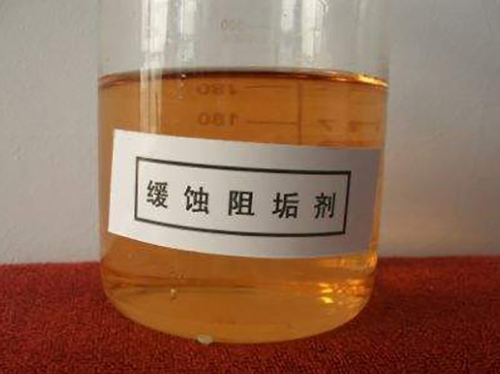Phosphorothioate Derivatives and Their Applications in Biochemical Research and Therapeutics
Phosphorothioate A Versatile Tool in Molecular Biology and Drug Development
Phosphorothioates represent a significant advancement in the field of molecular biology and drug development. These modified nucleotides, characterized by the substitution of one of the non-bridging oxygen atoms in the phosphate group with a sulfur atom, have gained considerable interest due to their unique chemical properties and biological implications. This structural modification not only enhances the stability of oligonucleotides against enzymatic degradation but also influences their binding affinity and specificity towards complementary nucleic acids.
One of the primary functions of phosphorothioate-modified oligonucleotides is their application in antisense therapy and gene silencing strategies. Antisense oligonucleotides can bind to specific mRNA sequences, preventing translation and thereby inhibiting protein expression. The incorporation of phosphorothioate backbones enhances the resistance of these oligonucleotides to nucleases, leading to prolonged systemic circulation times and improved efficacy in targeting pathogenic genes. This has opened new avenues for treating a variety of diseases, including genetic disorders and cancers.
Moreover, phosphorothioates have shown promising results in the development of therapeutic agents, particularly in the realm of RNA interference (RNAi). By utilizing small interfering RNAs (siRNAs) that are phosphorothioate-modified, researchers can achieve higher stability in biological environments. This stability enables these siRNAs to effectively induce knockdown of target genes, which is particularly beneficial in the context of therapeutic applications aimed at modulating gene expression to combat diseases.
phosphorothioate

In addition to their therapeutic applications, phosphorothioate modifications have sparked interest in advancing the field of molecular diagnostics. The enhanced stability of phosphorothioate-modified probes allows for more robust detection methods in various assays, including polymerase chain reaction (PCR) and hybridization-based techniques. These modifications facilitate the design of more effective probes that can withstand conditions that would typically degrade unmodified counterparts, thereby providing higher sensitivity and specificity in disease detection.
Despite their numerous advantages, the use of phosphorothioates is not without challenges. The introduction of sulfur in the phosphate backbone can alter the binding dynamics of oligonucleotides, affecting their interaction with RNA and proteins. Moreover, potential toxicological effects and immunogenic responses associated with phosphorothioate oligonucleotides need to be carefully considered, particularly in therapeutic applications.
In summary, phosphorothioates serve as a powerful tool in the arsenal of molecular biology, offering unprecedented capabilities for gene modulation, therapeutic development, and diagnostic applications. As research continues to evolve, the future of phosphorothioate-modified oligonucleotides looks promising, with potential for innovative treatments and technologies that could revolutionize our approach to tackling genetic diseases and enhancing our understanding of molecular mechanisms. Continued exploration and optimization of these compounds will undoubtedly lead to significant breakthroughs, solidifying their place in the ever-expanding landscape of biomedical research and therapeutics.
-
Understanding Polycarboxylic Acids: Properties, Applications, and Future PotentialNewsJul.28,2025
-
Scale Inhibitor Explained: How to Protect Your System from Limescale and Hard Water DamageNewsJul.28,2025
-
Scale and Corrosion Inhibitors: Essential Chemicals for Industrial Water System ProtectionNewsJul.28,2025
-
Polyaspartic Acid: A Biodegradable Polymer for Sustainable ChemistryNewsJul.28,2025
-
Isothiazolinones: A Versatile Antimicrobial Class with Industrial Power and Regulatory ChallengesNewsJul.28,2025
-
A Deep Dive into 2-Phosphonobutane-1,2,4-Tricarboxylic Acid (PBTC)NewsJul.28,2025





